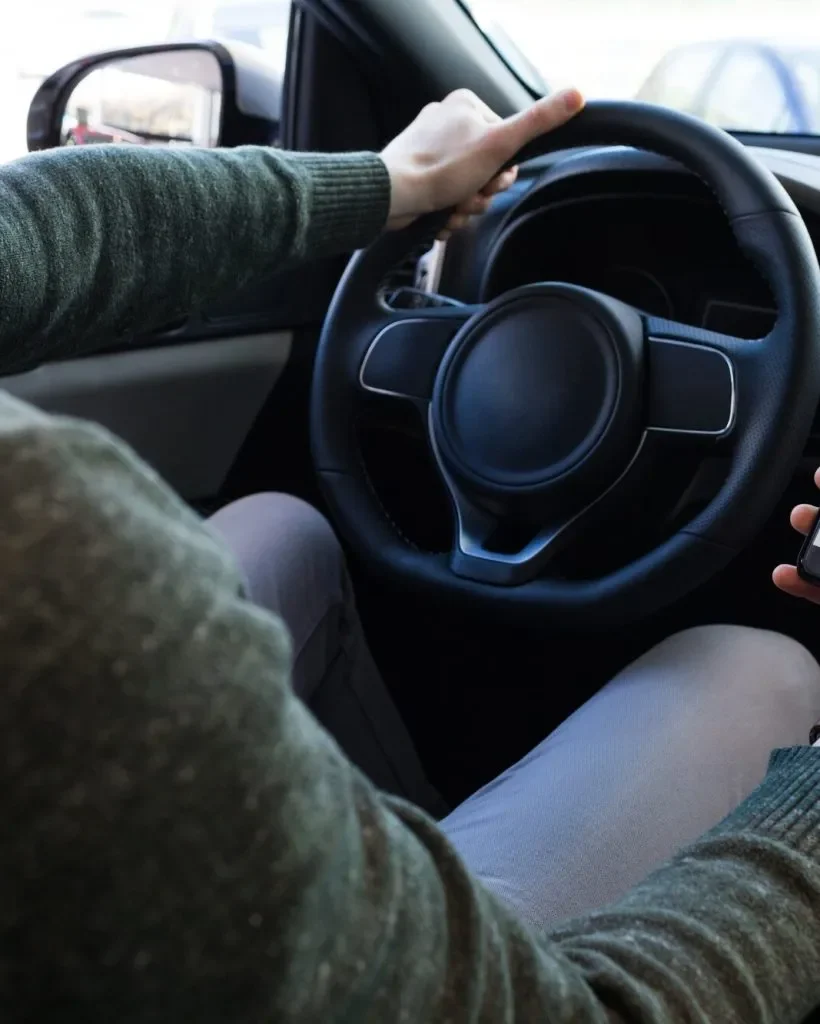AUTO-ÉCOLE LÉMANIQUE
GENEVA
At our company, we go all out to make sure our students get their license on the first try! Our super fun learning approach puts you in control of your schedule and lets you track your progress your way.
9 YEARS
EXPERIENCE
With 9 years’ experience behind us, we’re proud of our expertise.
We’ll make sure you get the right training.
5 driving instructors
-
3 first-aid instructors
Our team of five driving instructors and three first-aid instructors is fully committed to your learning experience.
+5K STUDENTS
SUPPORTED
Our commitment to our students’ success is demonstrated by their satisfaction and achievements on the road.
Well-trained, well-priced.
Your license starts here!
ALL OUR COURSES
DRIVING COURSES
- The driving lesson lasts 50 minutes: The first few minutes are devoted to setting out the course program.
- The actual driving lasts around 45 minutes. The remaining time is used for assessment. No additional cost.
First aid
- Mandatory 10-hour course
- Group courses (theory + practice)
- Learn life-saving techniques
- Learn emergency numbers
Awareness courses
- Essential for the driving test.
- 8-hour interactive course
- Improves hazard perception
- Group course
- Teaches good reflexes and appropriate road perception.
Theory course
- This course is a great way to prepare for the theory test.
- It's optional, but extremely beneficial.
- Offers validation of prior knowledge and a thorough understanding of the Highway Code.
motorcycle courses
Discover the pleasure of motorcycle riding with our motorcycle lessons.
Whether you're a beginner or an experienced rider, our qualified instructors will help you develop your riding skills and navigate the roads safely.
Licence in
6 steps
Earn your driver's license progressively with our 6-step program.
Our methodical approach guides you through each step, enabling you to gradually master the skills required to become a safe and competent driver.
Book your first driving lesson.


CUSTOMIZED SUPPORT FOR EVERY STUDENT
At Auto-École Lémanique, we don’t just teach you to drive. We guide, motivate and prepare you to become a confident and competent driver.
- Qualified and experienced instructors
- Comprehensive apprenticeship training
- Customized training
- No extra charge
- Driving pleasure
PRICES TO SUIT YOUR BUDGET
We try to offer fair prices so that every student, whatever their resources and income, can take part in the various courses and lessons we offer.
Discover all our prices

AUTO-ÉCOLE GENÈVE: WHY CHOOSE US?
Choose Auto-École Lémanique for exceptional driver training.
With our proven teaching approach, qualified instructors and commitment to your success, we prepare you to become a confident and competent driver on the roads of Geneva and beyond.
95% success rate
Proud of our excellence in training, Auto-École Lémanique boasts an impressive success rate of 95% on the first attempt.
Join us and become one of our many successful students!
Transparent pricing
At Auto-École Lémanique, there are no hidden costs. Our rates are clear and honest, so you can concentrate fully on your learning.
Certified instructors
At our driving school, each instructor holds a Brevet Fédéral (Federal Driving Licence) and is there to guide you with kindness and expertise. They make learning to drive a real pleasure!
FREQUENTLY ASKED QUESTIONS
Are driving lessons compulsory to obtain a driver's license?
Driving courses are not compulsory in Switzerland. However, they are highly recommended to maximize your chances of obtaining your driver’s license.
Who is eligible for driving lessons?
Before starting driving lessons, you must hold a valid learner’s permit. The learner’s permit issued by the relevant authorities attests to your ability to drive a vehicle and your knowledge of driving rules.
Is the theory course compulsory to obtain a driver's license in Switzerland?
The theory course may be optional when applying for a driver’s license in your canton, but it is advisable to take it to prepare for the official theory test.
Who gives driving lessons?
To take driving lessons, contact your driving school directly. Your lessons will then be led by a certified instructor. Driving instructors are qualified professionals with extensive driving instruction experience. Their supervision enables you to receive personalized advice, learn advanced driving techniques and correct any errors.
How long is the first aid certificate valid?
To pass the theoretical driving test, the certificate must not be more than 6 years old.
Is the Samaritan course required to obtain a driver's license?
Under article 10 of the DCR (Droit de la Circulation Routière – Road Traffic Law) and the OAC (Ordonnance sur les Autorisations de Conduire – Ordinance on Driving Licenses), applicants for driving licenses in categories A or B, as well as sub-categories A1 or B1, must present proof of having attended a first-aid course when registering for the basic theory test. For this certificate to be valid, it must be issued by an institute recognized by the FEDRO (Federal Roads Office).
How does the theory course work?
In groups of up to 12 people, you will be taught the theory of the Highway Code. This is followed by an interactive phase, during which you can ask questions and make observations with the other members of the group. At the end, you’ll take a mock exam, the results of which will be discussed as a group to help you understand any mistakes.
How long does the driving theory course last?
A theory course lasts 4 hours. In general, we try to offer a 1-hour learning slot each evening, to ensure a regular assimilation of knowledge.
Don't hesitate to contact us if you have any questions!
- Rue de lyon 6, 1201 Geneva
- +41 79 326 38 46
- info@ae-l.ch














